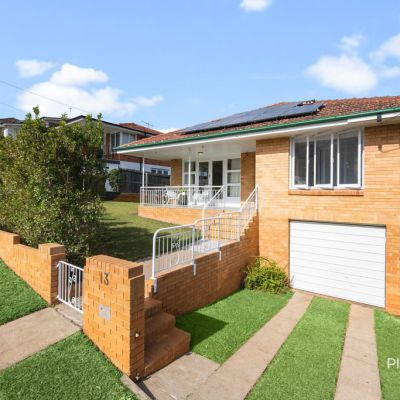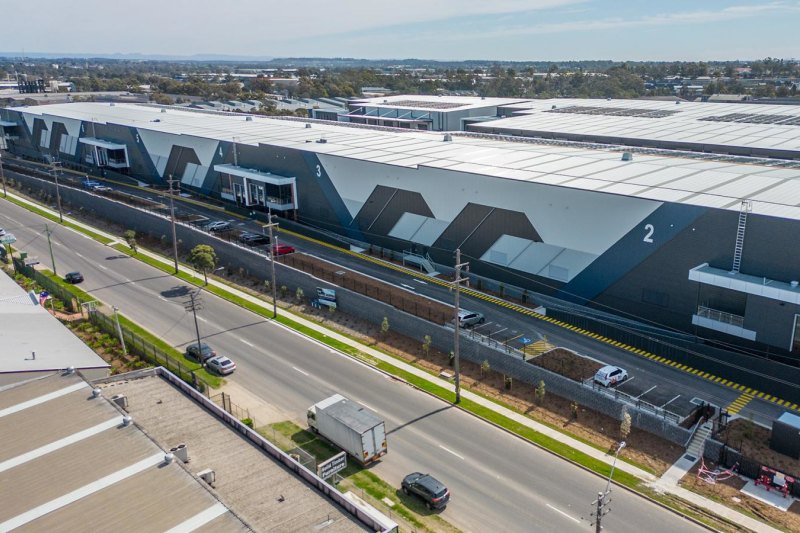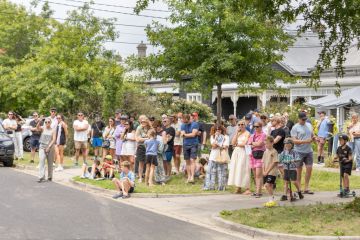Why is Melbourne the cheapest capital city to rent a house?
Melbourne is Australia’s second-largest city, a sporting mecca, arguably the cultural capital of the country and a hugely popular landing destination for migrants. So, why is it the most affordable city in which to rent a house?
Melbourne’s median house rent has climbed to $520 – a record high after seven consecutive quarters of rent rises, according to the latest Domain Rent Report. There is no doubt the housing market is dire for Melbourne renters, many of whom are struggling to find or keep a roof over their heads in the face of steep rent hikes and a shortage of properties on the market.
But, even after unprecedented rental growth, Melbourne’s median house rent remains far below Sydney ($700), Canberra ($675) and Darwin ($650).
Demographic shifts during the pandemic explain why Melbourne house rents did not rise as sharply and quickly as those in other cities.
“A major reason would have been the huge numbers of people leaving Victoria during the pandemic,” said Rachel Ong ViforJ, economics professor at Curtin University.
“Where residential mobility is concerned, renters find it easier to move than home owners, so the migration out of Melbourne would have affected its rental sector more than the home-ownership sector (which was also propped up by falling interest rates and HomeBuilder).”
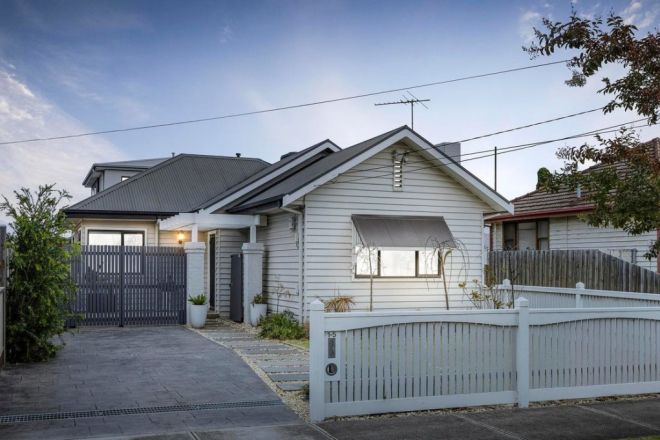
ViforJ said the closure of international borders also locked international students and expat renters out of Melbourne’s rental sector for an extended period of time.
In early 2020, Melbourne’s median house rent was $430 – still cheaper than Sydney and Canberra but more expensive than Perth, Adelaide and Brisbane.
Eighteen months later, Melbourne’s rent had not moved while all the other cities had recorded rental growth. Since September 2021, Melbourne has remained the most affordable city for renting a house.
“The pandemic’s impact on the rental market was more severe in Melbourne than anywhere else in Australia,” said Domain’s chief of research and economics Dr Nicola Powell.
“People in Melbourne benefitted from a significant pull back in rent. It was a changed market. Renters had the power to negotiate.”
However, Powell said the city’s rental market had bounced back and the trend was reversing. The city’s vacancy rate is hovering around 1 per cent, down from 5.6 per cent during the pandemic.
The pace of rental growth in Melbourne was now faster than other cities, she added, which could mean rents would rise above Adelaide and Hobart in the near future.
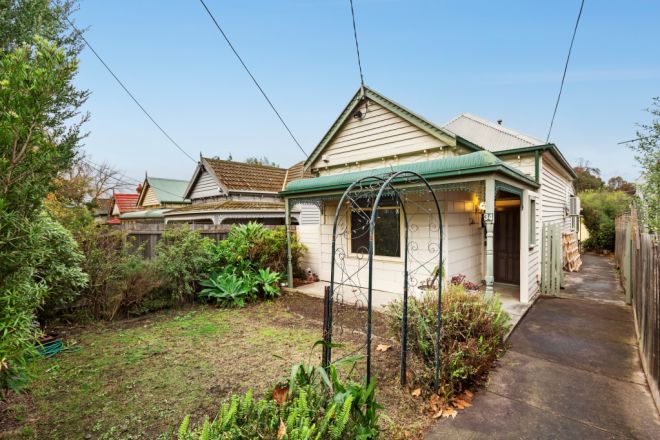
“That title of the most affordable place to rent will be lost,” Powell said.
ViforJ said it would depend on the rate at which international students returned. Would they return to Melbourne, or have they found other cities?
“It will also depend on whether the renters who migrated out of Victoria will return,” ViforJ said. “Or, have they chosen to settle in the states and regions they migrated to during the pandemic?”
Historically, Melbourne rents have fallen well below Sydney and Canberra. One possible explanation is the city’s urban sprawl.
“As a general rule, Australian capital cities have a lot of land around them that you can bulldoze and build housing on,” said Simon Kuestenmacher, demographer and founder of The Demographics Group.
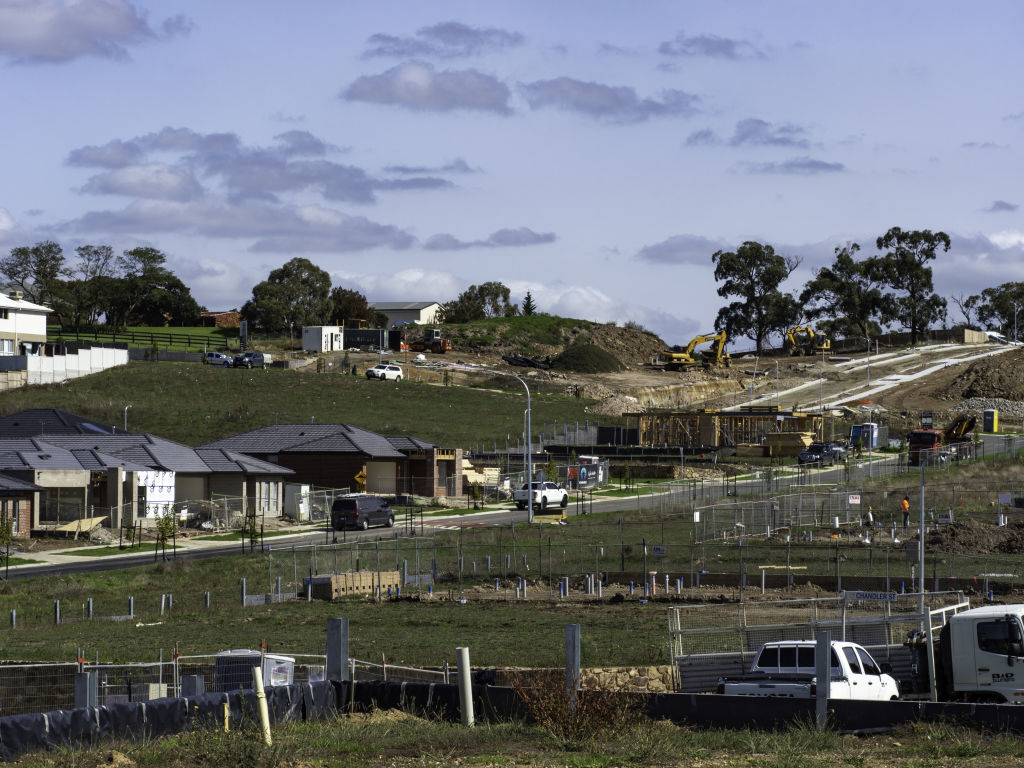
Kuestenmacher said the expansion of a city like Sydney was geographically limited by water and the Blue Mountains. “Melbourne can theoretically expand in this pancake shape onwards and onwards.”
Although Melbourne’s low-density housing stock on the urban fringes has offered buyers a more affordable way onto the property ladder, experts have warned urban sprawl is not a long-term solution to the housing shortage.
Kuestenmacher says high population growth and a skills shortage are putting upwards pressure on housing markets and therefore rental prices across the country. “Our national housing policy and our national migration policy aren’t linked.”
Governments should prioritise densification in middle-ring suburbs, incentives for Baby Boomers to downsize and double down on boosting housing supply and infrastructure in regional centres, he said.
“We are the most concentrated, clustered country in the world from a population perspective,” Kuestenmacher said. “We have over two-thirds of the population in our top five cities.”
We recommend
We thought you might like
States
Capital Cities
Capital Cities - Rentals
Popular Areas
Allhomes
More

